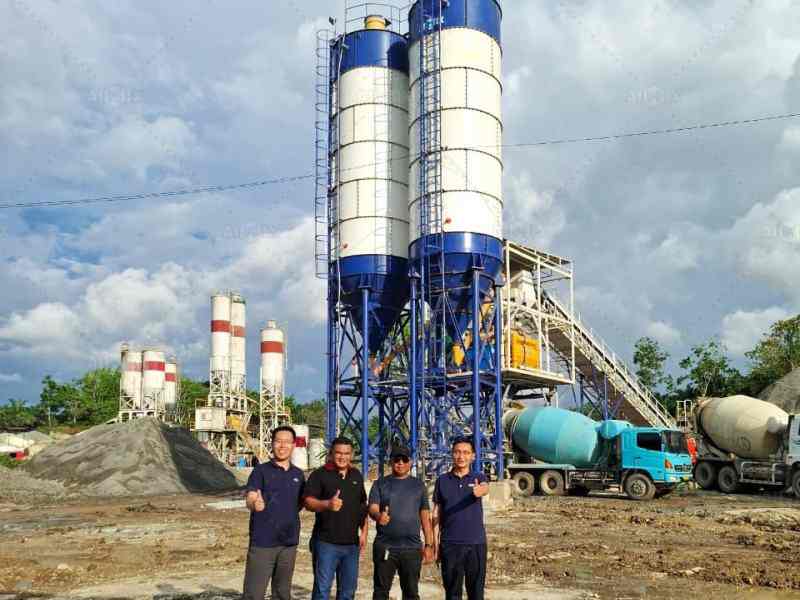


Market demand and smart technologies are transforming concrete batching plants in Malaysia into efficient, strategic assets.
The construction sector in Malaysia is experiencing a surge in infrastructure projects, urban development, and housing demands. This growth directly fuels the rising need for efficient and high-quality concrete production, making concrete batching plants in Malaysia a vital part of the supply chain. Market demand and technological innovation are now working hand-in-hand to transform how these plants operate, helping contractors meet tight deadlines, reduce costs, and maintain consistency in concrete quality.
Over the past few years, Malaysia has seen increased investment in public infrastructure, such as highways, bridges, railways, and residential developments. As a result, the demand for ready-mixed concrete has soared, particularly in urban hubs like Kuala Lumpur, Penang, and Johor Bahru. This growing demand makes concrete batching plants an essential investment for developers and contractors.
The government’s push for affordable housing and infrastructure modernization under the 12th Malaysia Plan (2021–2025) has also boosted the concrete industry. For both private and public sector players, owning or leasing a concrete batching plant offers a strategic advantage in terms of supply reliability and long-term cost control.
As market competition intensifies, companies are turning to technological innovation to gain an edge. Today’s concrete batching plants in Malaysia are more than just mechanical mixers—they are smart, automated systems designed for precision and efficiency.
Modern plants use PLC (Programmable Logic Controller) or SCADA-based control systems to automate the mixing process. These systems ensure accurate material dosing, which improves concrete consistency and reduces material wastage.
Internet of Things (IoT) sensors allow real-time tracking of material flow, batch timing, and equipment performance. Plant managers can monitor productivity and address issues proactively, minimizing downtime and boosting efficiency.
Malaysia’s growing focus on sustainability has led to the adoption of energy-efficient motors, water recycling systems, and dust collection technology in batching plants. These eco-friendly features help companies meet environmental regulations and reduce operating costs.
To cater to varied project sizes and locations, manufacturers now offer modular and mobile concrete batching plants. These flexible options are especially popular in remote or temporary job sites across Malaysia.
The synergy between rising market demand and rapid technological innovation is reshaping the concrete batching plant landscape in Malaysia. Contractors and developers that invest in modern, automated plants not only meet the growing needs of the industry but also position themselves for long-term success in a competitive market. Whether for infrastructure megaprojects or private developments, the concrete batching plant in Malaysia is no longer just a tool—it’s a strategic asset powered by smart technology.
